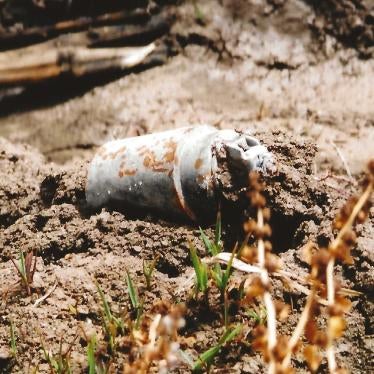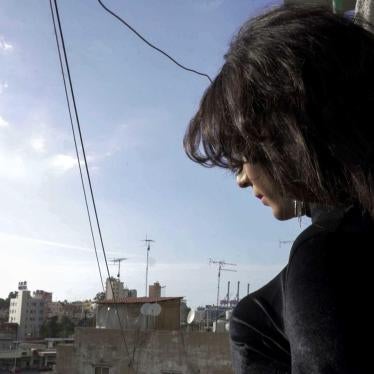Thank you, Chair.
The Convention on Cluster Munitions’provisions on stockpile destruction are at the heart of the convention’s ability to prevent further suffering and damage from these indiscriminate weapons. Every state that destroys its stocks contributes in a concrete and immediate way to lowering the global risk of transfers, use, and future humanitarian harm from cluster munitions.
Nineteen States Parties have declared stockpiles of 1.04 million cluster munitions, containing over 144 million explosive submunitions in their initial transparency reports.
A significant amount of these stockpiles have already been destroyed: 650,000 cluster munitions and 68.2 million explosive submunitions. While recognizing that some destruction programs were in operation prior to entry into force of the convention, this activity represents the destruction of 62-percent of declared cluster munitions and 47-percent of declared explosive submunitions.
This is an outstanding accomplishment reached early in implementation of the convention, and it dispels doubts raised about the destruction of stockpiles being too costly and/or technically challenging. The CMC welcomes the announcement by Bosnia and Herzegovina today that all stockpiled cluster munitions have been destroyed. This makes Bosnia and Herzegovina the ninth in the group of States Parties that have completed their destruction program including Austria, Belgium, Ecuador, Moldova, Montenegro, Norway, Portugal, and Spain.
Chair,
Looking forward, we would like to highlight some key points that when fully addressed by States Parties should continue the momentum already achieved in this aspect of the convention’s implementation.
Of greatest concern to the CMC is that Chile and Guinea-Bissau are late in submitting their transparency reports. They need to submit their reports as soon as possible since they are known to possess stockpiles, but the size and composition of their stocks is not known. The Czech Republic and Italy, also stockpilers, have not yet reached their deadline to submit their reports, but we urge them to submit initial transparency reports as soon as possible in 2012.
In the Vientiane Action Plan, States Parties committed to have a plan in place for stockpile destruction within one year, including a timeline and budget, and to begin physical destruction as soon as possible. This commitment must remain a guiding principle. The CMC appreciates the updates received today from Bulgaria, Croatia, Denmark, France, and FYR Macedonia and we encourage Japan to make clear their plans for stockpile destruction as soon as possible.
Transparency is also an essential element for the full implementation of Article 3. Transparency reports must provide clear information on “the status and progress”of stockpile destruction programs, meaning states should be providing information on how many cluster munitions and submunitions have been destroyed, as well as clear plans for future destruction. We urge Slovenia to keep States Parties apprised of the status of their destruction program now that their stockpile has been transferred to a company in Bulgaria for destruction. In addition, the CMC looks forward to learning of the progress made by other States Parties in the process of destroying their stockpiles including Germany, the Netherlands, and the United Kingdom as they submit annual updates to their reports in the coming days.
As we have said before, the CMC believes -- and has seen in practice -- that stockpile destruction does not need to be an economically burdensome or technically complex process. While for some states, industrial destruction facilities are the best solution, for many others, in particular those with small stockpiles, it is possible to develop small scale national destruction programs that are affordable, safe, practical and environmentally friendly. Technical assistance is available from a wide number of actors, including from NGOs working in clearance and destruction, UN agencies, and the large number of states for whom destruction and demilitarization of old munitions is a routine part of their armed forces’activities. Moldova, working with support from Norwegian People’s Aid, demonstrated that low-cost, low-tech solutions can easily be attained. We note the requests for either monetary or technical assistance voiced today from Croatia, Nigeria, and Peru.
In closing, Mr. President, it appears that stockpile destruction is one of the earliest good news stories of the convention. The CMC remains confident that it will remain so as long as states remain as ambitious as they have started out, if technical and financial assistance for those in need are provided in a timely manner with a state-specific approach, and if states continue to provide clear information on their progress in Article 7 reports and convention meetings.
Thank you.






